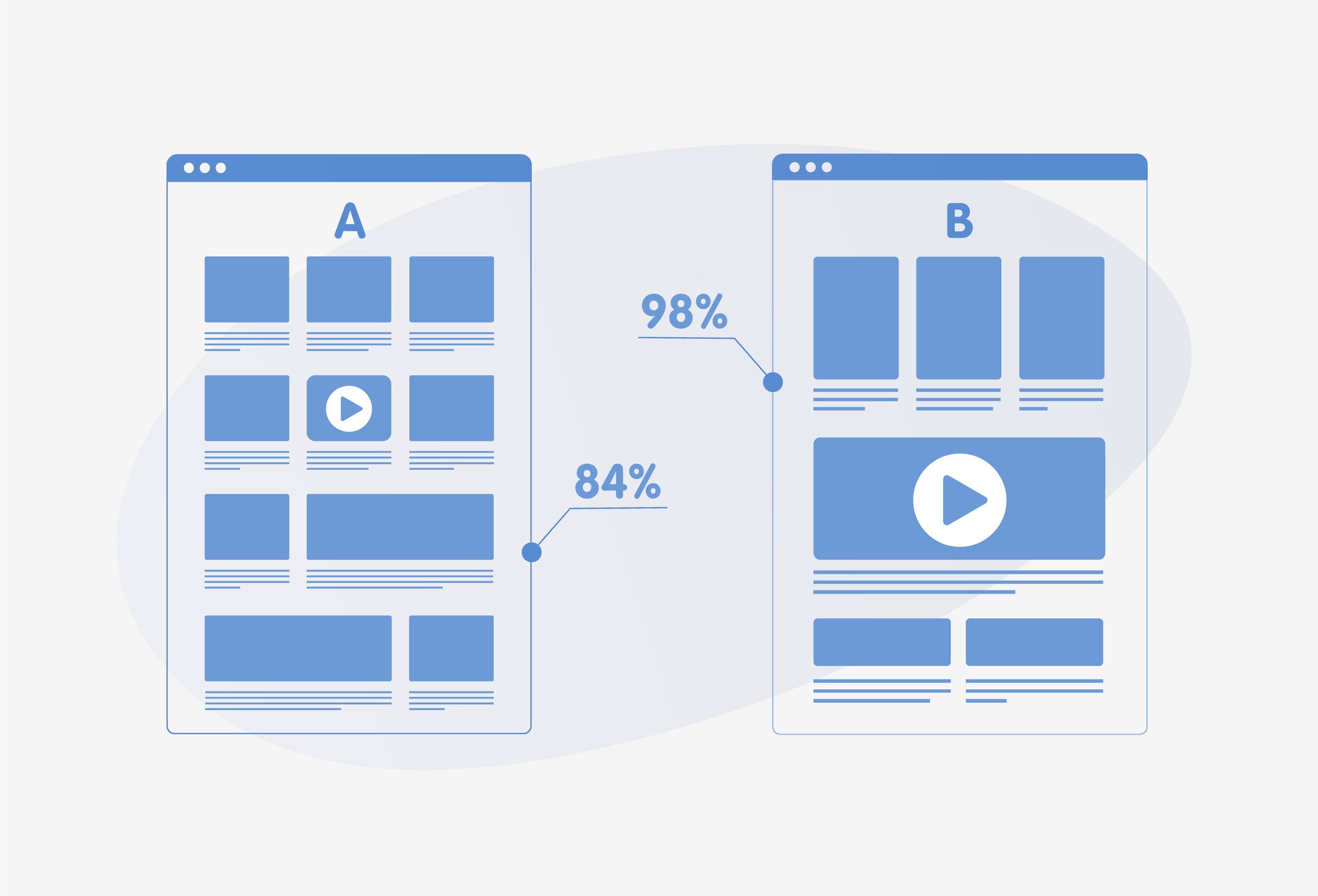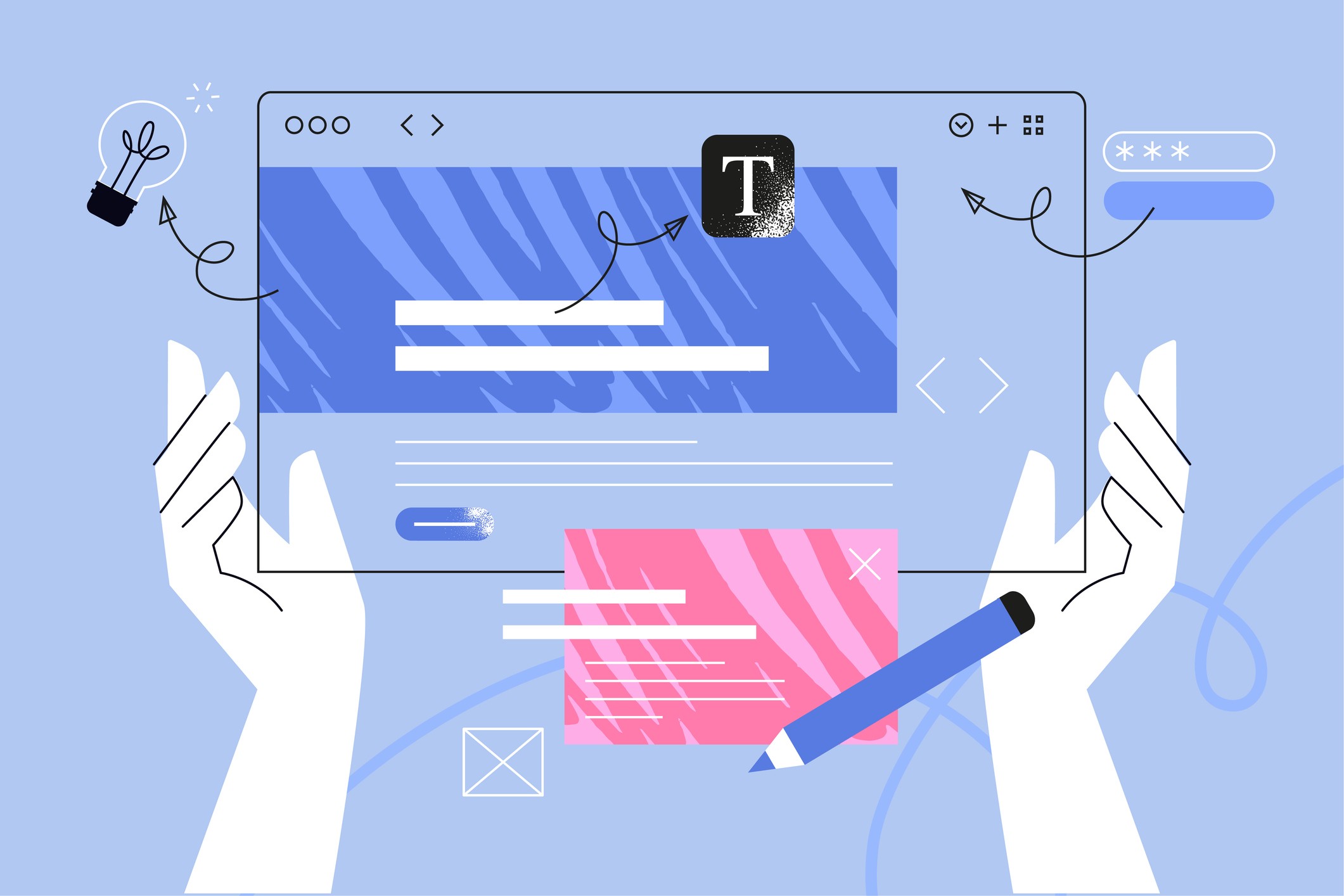UX testing has always been important, but the way we approach it hasn't changed much over the years. Most teams are still relying on traditional A/B tests, setting up one or two variations, waiting for enough data to come in, and then combing through results to decide what (if anything) to change. It's a slow, manual process that often feels disconnected from how quickly real users and products move.
By the time you finish running a test, the behaviour you were measuring might already be outdated. And as user journeys get more complex, it becomes harder to test everything that matters without overloading your team or missing key insights.
What’s needed is a better way to keep pace, a way to test, learn, and improve continuously without bogging down the process.
With the ability to process huge volumes of behavioural data, adapt in real time, and surface patterns you’d never catch manually, machine learning gives UX testing a serious upgrade. It removes a lot of the guesswork and makes it possible to optimize at scale.
Problem with Traditional UX Testing
Traditional UX testing, whether through A/B testing, usability studies, or click tracking, has been a cornerstone of digital optimization for years. But as digital products become more complex and user expectations rise, these methods are starting to show their limitations.
Manual Setup and Long Wait Times
Setting up tests often requires developers, designers, marketers, and analysts to coordinate closely. Once live, tests need to run long enough to reach statistical significance, which can take weeks or longer, especially for low-traffic pages. In the meantime, decision-making stalls.
Risk of Bias or Inconclusive Results
Human involvement in test design and interpretation introduces potential bias. Are we measuring the right variables? Are we interpreting results objectively? In many cases, small sample sizes or unclear outcomes lead to inconclusive results, wasting time and resources.
Hard to Scale Across Complex Journeys
Modern websites and apps involve multi-step funnels, personalized flows, and varied user segments. Testing one element at a time, on a single page, doesn’t reflect how users move through the entire experience. For SaaS platforms or multi-channel eCommerce sites, scaling traditional testing across every touchpoint becomes unmanageable.
Data Overload Without Actionable Insight
Today’s tools can collect mountains of data, but turning that data into meaningful, prioritized actions is another story. Traditional methods often leave teams drowning in heatmaps, bounce rates, and click paths without a clear “what to do next” roadmap.
The result? Slower iteration, missed opportunities, and UX decisions based more on guesswork than genuine insight.
What Machine Learning Brings to UX Testing
Machine learning changes how we think about UX testing. Instead of running one test at a time and analyzing the results after the fact, you can use systems that learn as users interact with your site or product. It’s not about testing in isolation anymore, it’s about watching behaviour as it happens and making adjustments on the fly.
This approach allows teams to optimize the full user journey in a way that’s responsive, flexible, and far less dependent on manual effort.
Automated Data Collection and Analysis
With machine learning, the heavy lifting of data gathering and interpretation is done automatically. User behaviour is tracked in real time ... clicks, scrolls, interactions, conversions ... and instantly analyzed against multiple variables. This automation eliminates bottlenecks and lets teams focus on action, not setup.
Detection of Hidden Behaviour Patterns
Traditional methods often miss subtle signals in user behaviour. Machine learning algorithms, on the other hand, can process vast amounts of behavioural data and surface trends that would otherwise go unnoticed, like drop-offs at unexpected steps or micro-interactions that correlate with higher conversions.
Continuous Learning and Adaptation
Unlike A/B tests that run for a fixed period and then stop, ML-based testing continuously learns from user input. As new data flows in, the system updates its models, adapts to user shifts, and evolves recommendations without needing to restart or reconfigure the test. It’s UX optimization that improves with time.
Predictive Modeling for Smarter Decisions
Perhaps most powerfully, machine learning enables prediction. Based on previous behaviour, algorithms can anticipate which design or content variation a specific segment of users is likely to prefer, enabling personalized experiences, faster decision-making, and better business outcomes.
Real-World Use Cases
Machine learning isn’t some far-off idea when it comes to UX testing, it’s already being used in practical ways by teams looking to improve how people interact with their products. Whether it’s helping reduce form drop-offs, fine-tune page layouts, or personalize experiences, ML is being put to work right now to solve real problems and uncover what actually works.
Dynamic A/B Testing That Learns in Real-Time
Traditional A/B tests treat every user equally until the test ends. With ML-driven A/B testing, algorithms learn from user responses as they happen. Variations that perform better receive more traffic automatically, allowing the system to optimize on the fly. This speeds up testing, reduces wasted traffic, and delivers better results faster.
Smarter Heatmaps and Attention Tracking
Eye-tracking studies used to require expensive equipment and in-person testing. Now, machine learning models can simulate visual attention and predict where users are most likely to look or click based on design, hierarchy, and motion. These predictive heatmaps help teams understand focus areas without interrupting the user journey.
Personalization Engines Powered by Behavioural Clusters
Machine learning can segment users based on how they interact with your site, what they click, how fast they scroll, which pages they revisit. It then uses this behaviour to serve personalized experiences: from layout variations to call-to-action placements, content, or even pricing structures.
Form Abandonment Detection and Micro-Interaction Insights
ML can detect early signs of user friction, like hesitating before submitting a form, navigating back and forth, or pausing mid-flow. These micro-interactions help predict form abandonment or confusion. With the right data, the system can recommend adjustments: clearer field labels, simplified layouts, or smarter error handling.
By integrating these use cases into your UX workflow, machine learning becomes a powerful tool, not just for analysis, but for proactive, real-time experience optimization. It’s like having a built-in UX strategist that works 24/7.
Scaling UX Testing Without Scaling Headcount
One of the biggest challenges growing teams face is how to continuously improve user experience without burning out internal resources. Traditional UX testing often demands a dedicated team to manage experiments, analyze results, and deploy updates, something not every company can afford.
Machine Learning Handles Complexity Without Extra Headcount
Instead of hiring more testers or analysts to keep up with product growth, machine learning can take on much of the heavy lifting. It automatically monitors user behaviour, runs tests, and refines experiences across complex journeys, whether that’s multiple funnels, languages, or device types.
Enables Ongoing Testing, Even During Feature Sprints
With ML-driven UX testing, optimization becomes a background process. You don’t need to pause development or wait for QA cycles to run experiments. As new features are released, machine learning continues to gather insights and adjust variations in real-time, keeping product improvement in motion without adding bottlenecks.
Plays Nicely with Existing Tools and Platforms
Machine learning solutions don’t have to replace what you already use. They can often integrate with your current analytics stack, tools like Google Analytics, Hotjar, Mixpanel, or FullStory, to enrich the data you already collect. That means faster setup, smarter insights, and no need to overhaul your workflow.
Ideal for SaaS, Agencies, and Lean Teams
Whether you’re a SaaS startup balancing speed and scale, an agency managing multiple client projects, or a product team without a dedicated UX research department, ML makes continuous UX testing possible without the traditional overhead. It brings enterprise-level optimization within reach of smaller, agile teams.
Getting Started: What You’ll Need
Adding machine learning to your UX testing process doesn’t mean flipping a switch, it takes some preparation and the right pieces in place. While the tech can do a lot of the heavy lifting, it still needs direction and structure to deliver meaningful results.
Clean UX Data to Feed the System
Machine learning models rely on patterns, and patterns only show up when the data is clean and consistent. That means you need accurate tracking in place: page views, click events, form submissions, scroll depth, time on page, and more.
The more complete and reliable your data, the better the system can learn from it. If you’re missing key touchpoints in your user journey, this is the time to close those gaps.
Testing Platforms with ML Capability
Not every UX tool has machine learning built in, but more are starting to offer it. Look for platforms that can support adaptive A/B testing, behaviour prediction, or personalization features that respond to user interaction in real time.
If you're working with a developer or technical team, it’s also possible to integrate custom ML tools into your existing analytics setup, especially if you want more control over how the system learns and reacts.
Clear Hypotheses and Measurable Goals
Even the smartest system won’t get far without direction. What are you trying to improve? Shorter signup flows? Fewer cart abandonments? Better mobile performance? Define specific goals and use them to guide how tests are structured and evaluated.
A solid hypothesis gives you a clear target and helps the machine learning system understand what “better” actually means in your context.
A Partner to Build the Right Foundation
Getting started doesn’t mean you have to figure it all out on your own. Working with a partner like e-dimensionz means you’ll have help setting up the right data structure, choosing tools that match your goals, and building a testing process that fits the way your team works. We focus on practical implementation, making sure the systems we build actually deliver insight, not just dashboards.
UX Testing That Grows With You
User expectations are evolving and your UX strategy needs to evolve with them. Traditional testing methods have their place, but they can only take you so far before they start to strain your team and stall your growth. That’s where machine learning makes the difference.
By bringing intelligence, automation, and adaptability to the table, machine learning future-proofs your UX process. It doesn’t just analyze what’s happening, it helps predict what’s next, enabling you to stay ahead of user needs in real time.
You’ll get deeper, more actionable insights with far less manual effort. Instead of relying on isolated tests and manual interpretation, your team can continuously learn, test, and improve automatically.
The result? Better UX, happier users, and higher conversions without needing to scale your team to match.




